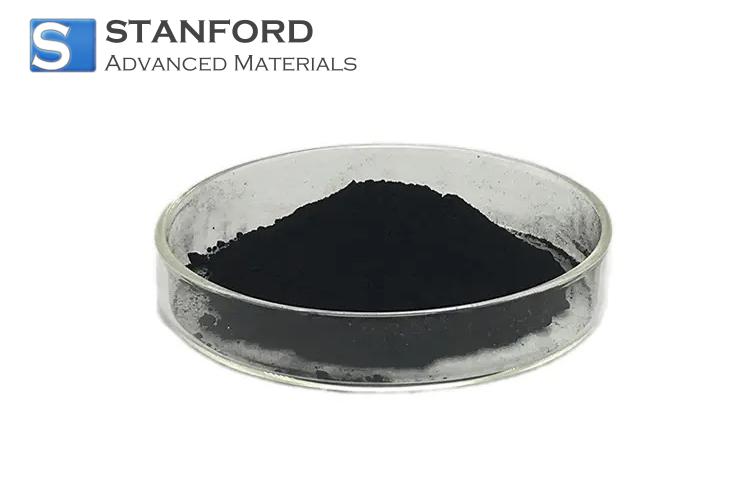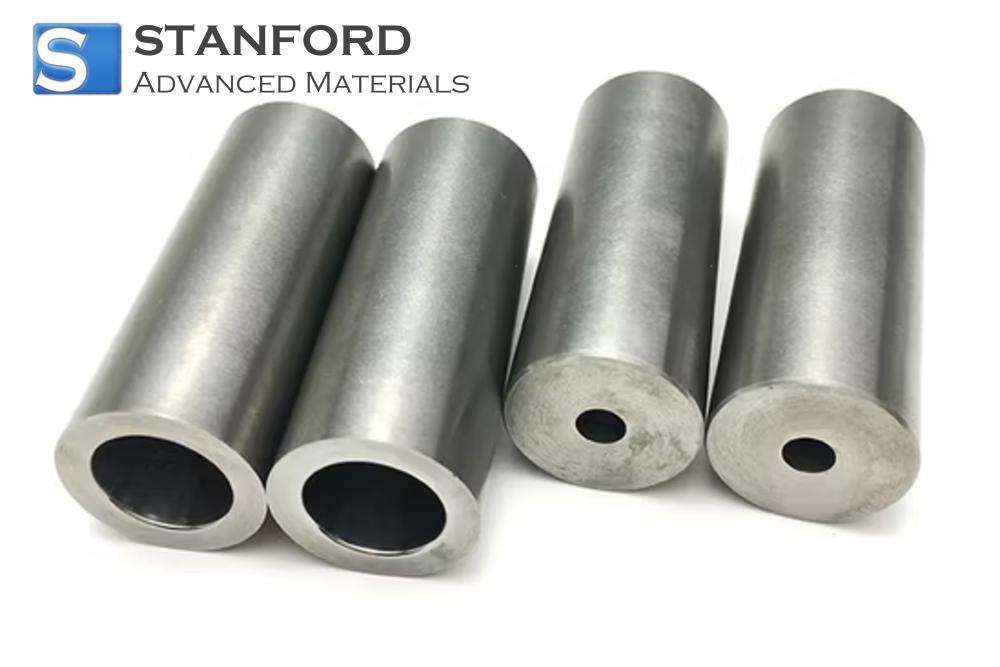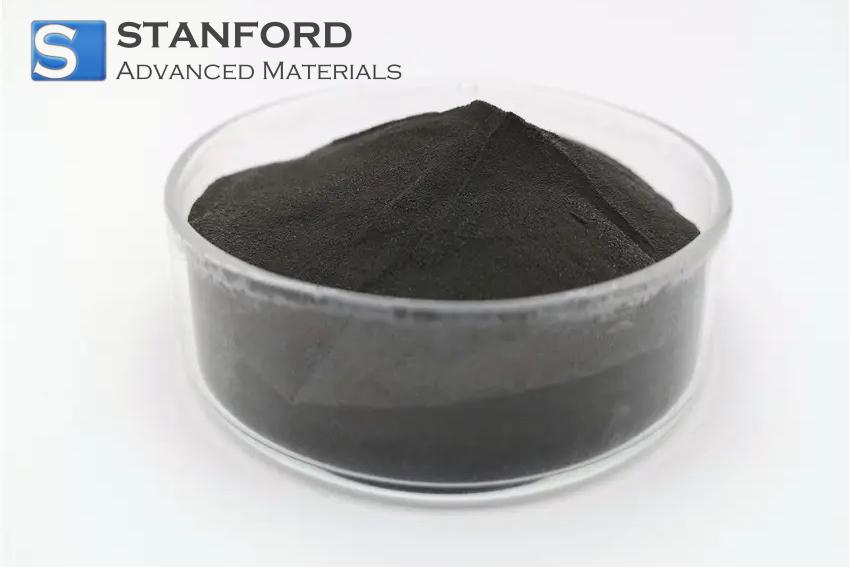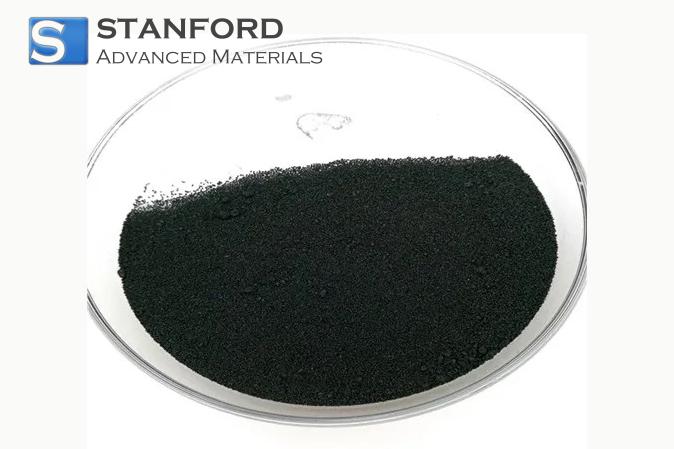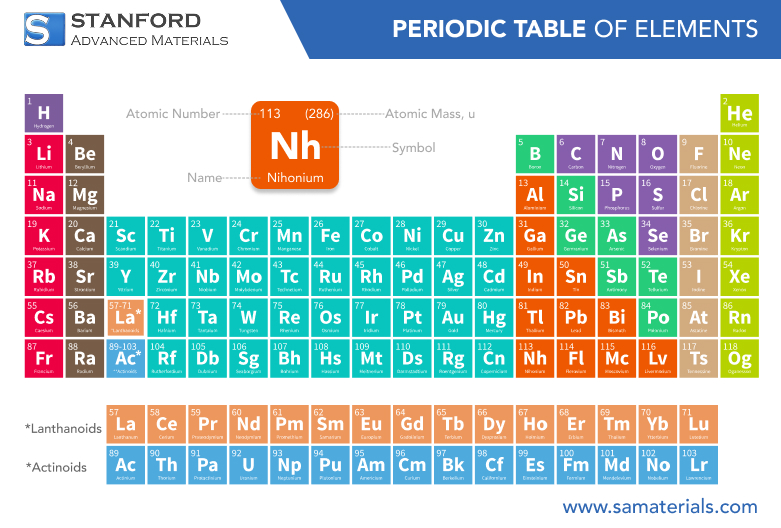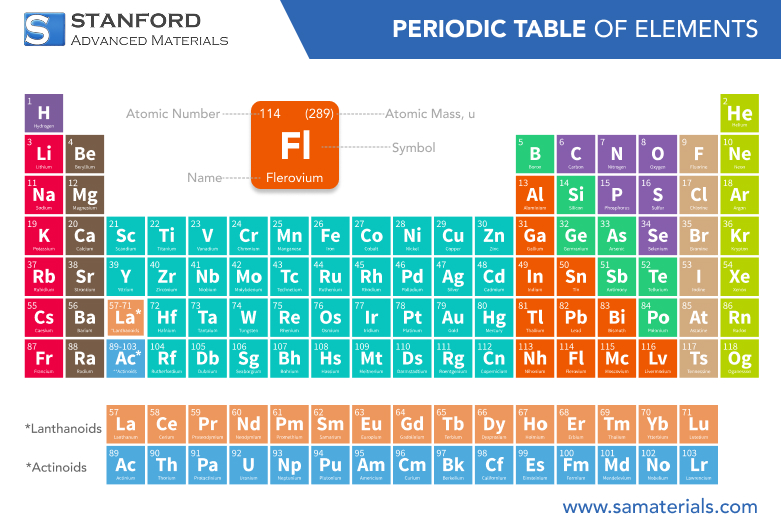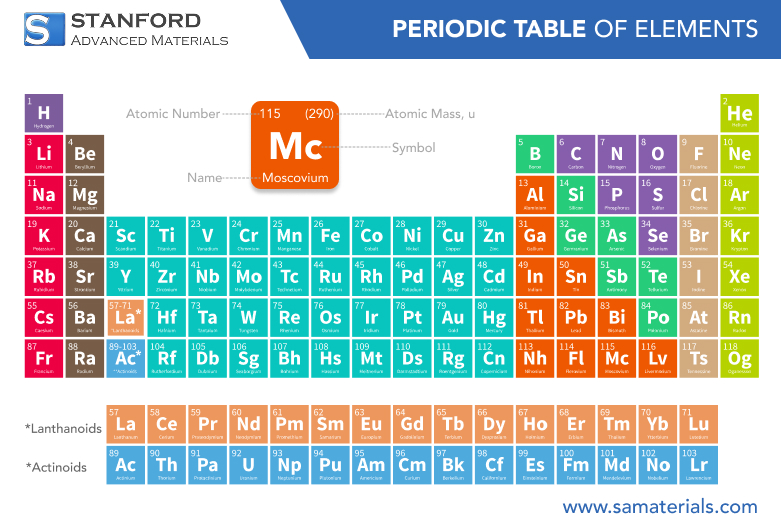Tellurium: Element Properties and Uses
Description
Tellurium, a rare metalloid with both metallic and nonmetallic traits, plays a crucial role in electronics, chemical processes, and advanced industrial products.
Introduction to the Element
Tellurium has an atomic number 52, it is classified as a metalloid, exhibiting properties characteristic of both metals and nonmetals. Discovered in the early 18th century, tellurium is one of those elements that, despite its relative scarcity in the earth’s crust. Often found in combination with other metals, tellurium rarely appears in a pure state, which adds to the challenges and excitement surrounding its study.
Chemical Properties Description
The chemical properties of tellurium are marked by a notable complexity and versatility. Tellurium can form compounds in several oxidation states, most commonly +4 and +6, while under specific conditions, it may also exhibit a -2 state.
This range of oxidation states allows it to combine with a variety of elements, thereby producing compounds with diverse applications in both catalysis and semiconductor technology.
Tellurium’s compounds, such as tellurium dioxide (TeO₂), are especially valued in chemical processes. TeO₂ is used in the production of certain types of semiconductors, contributing to the efficiency of electronic devices.
The reactivity of tellurium is also influenced by its interactions with oxygen, sulfur, and halogens.
Physical Properties Data Table
Property | Value | Unit |
Atomic Number | 52 | - |
Atomic Weight | 127.60 | g/mol |
Density | 6.24 | g/cm³ |
Melting Point | 449.51 | °C |
Boiling Point | 988 | °C |
Crystal Structure | Hexagonal | - |
For more information, please check Stanford Advanced Materials (SAM).
Common Uses
One of the most significant uses of tellurium is in the electronics industry, where it contributes to the manufacture of semiconductors and improves the performance of electronic devices. A well-known compound, cadmium telluride, is extensively used in the fabrication of thin-film solar cells, which convert sunlight into electrical energy efficiently.
Beyond its role in electronics, tellurium is added to metal alloys to enhance mechanical strength and increase resistance to corrosion. This property is particularly valued in the aerospace and automotive industries.
Tellurium also plays a key part in thermoelectric devices, which convert temperature differences directly into electrical voltage. This capability is harnessed in systems that recover waste heat and convert it into usable energy.
The widespread application of tellurium in various industries underlines its importance as a strategic resource. Its integration into everyday products, from advanced electronics to high-performance alloys, continues to drive innovations and improvements across multiple technological fields.
Preparation Methods
The preparation methods for tellurium are as intricate as the element itself. Because tellurium is rarely found in its pure state, its extraction is typically performed as a secondary process during the refining of copper ores.
One common method involves oxidizing tellurium-containing compounds to form tellurium dioxide. This oxide is then reduced under controlled conditions to yield elemental tellurium. Such methods require precision in managing temperature and chemical conditions to ensure both the purity and yield of the final product.
Another preparation method uses electrochemical techniques. In this approach, tellurium is separated from complex mixtures by applying an electric current that facilitates its deposition onto an electrode. This process not only improves the efficiency of extraction but also minimizes the production of waste by-products.
Frequently Asked Questions
What is tellurium?
Tellurium is a rare metalloid known for its unique blend of metallic and nonmetallic properties, making it vital in electronic and industrial applications.
How is tellurium obtained?
Tellurium is usually extracted as a by-product from copper ores through oxidation-reduction processes and electrochemical separation techniques.
What are the main applications of tellurium?
It is used in semiconductor devices, solar cells, metal alloys, and thermoelectric systems, enhancing performance across various industries.
Why is cadmium telluride important?
Cadmium telluride is crucial in solar cell manufacturing because of its efficiency in converting sunlight to electrical energy, aiding renewable energy efforts.
Is tellurium safe for industrial use?
When handled under controlled conditions, tellurium is safely used in industry; however, proper protocols are followed to minimize exposure risks.

